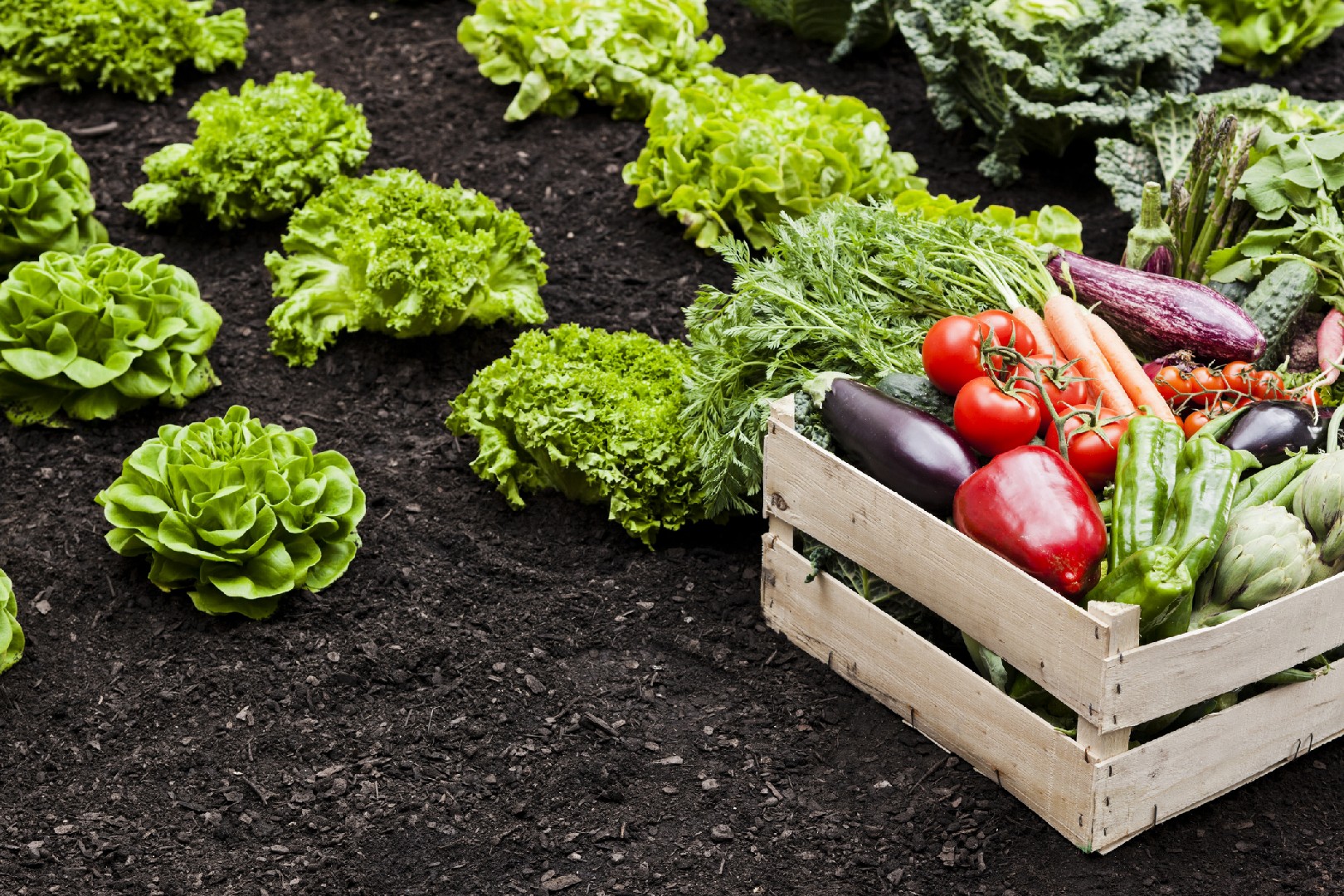
Combines: The Power Tool of Large Scale Harvesting
Combines have revolutionized large scale harvesting in modern agriculture. With their advanced features and capabilities, they have become an essential tool for efficient farming. In this section, we will explore the evolution and importance of combines, as well as the key functionalities and components that make them so powerful. Additionally, we will provide practical tips on selecting the right combine based on crop type and terrain.
Combines have come a long way since their inception. They have evolved from simple machines to complex, high-tech equipment capable of handling vast amounts of crops in a short period of time. This evolution has greatly improved the efficiency and productivity of large farming operations. Today, combines are designed to perform multiple tasks simultaneously, including cutting, threshing, separating, and cleaning the harvested crop. This not only saves time but also ensures minimal loss and maximum yield.
The key functionalities of a combine include the cutter bar, reel, threshing drum, separation system, cleaning system, and grain tank. The cutter bar is responsible for cutting the crop at the desired height, while the reel feeds the crop into the threshing drum. The threshing drum, equipped with beaters, separates the grain from the stalks and husks. The separation system further separates the grain from the chaff, while the cleaning system removes any remaining debris. Finally, the grain tank collects and stores the harvested grain.
When selecting a combine, it is important to consider the crop type and terrain. Different crops have varying harvesting requirements, and not all combines are suitable for every crop. For example, a combine designed for harvesting corn may not be efficient for harvesting wheat. Similarly, the terrain of the farm can also impact the selection of a combine. Steep slopes or uneven ground may require a combine with better stability and traction. Therefore, it is crucial to assess the specific needs of the farm before making a decision.
To ensure a successful harvesting operation, here are some practical tips when selecting a combine:
-
Research and compare different models: Take the time to research and compare different combines available in the market. Look for features that are specifically designed for the crops you plan to harvest.
-
Consider the size of your farm: The size of your farm will determine the capacity and size of the combine you need. Make sure you choose a combine that can handle the workload efficiently without being too small or too large.
-
Evaluate the terrain: Assess the terrain of your farm and choose a combine that is suitable for the specific conditions. Consider factors such as slope, soil type, and ground conditions to ensure optimal performance.
-
Consult with experts: Seek advice from agricultural experts, farmers, or dealers who have experience with combines. They can provide valuable insights and recommendations based on their practical knowledge.
In conclusion, combines are the power tool of large scale harvesting in modern agriculture. Their evolution and advanced functionalities have greatly improved the efficiency and productivity of farming operations. By selecting the right combine based on crop type and terrain, farmers can ensure a successful and efficient harvesting process. So, take the time to research, evaluate, and consult with experts when choosing a combine for your farm, and reap the benefits of efficient farming."









